Incredible fear: How a change in U.S. asylum policy hurts victims of violence

Grace, an indigenous woman from Guatemala, came to the United States this summer to flee an abusive partner who, over the course of their 22-year relationship, regularly beat and threatened to kill her and her children, even after she tried to leave him. He sexually assaulted both Grace (not her real name) and her daughter, and once beat her daughter so badly while she was pregnant that she had a miscarriage. Grace’s abuser has two sons from a previous relationship who are members of a powerful gang and, in recent years, have joined their father in terrorizing Grace. The police offered her no protection, but instead cooperated in evicting her from her home when her abuser fraudulently claimed her title. The gang to which her abuser’s sons belong has networks across Guatemala, leading Grace to fear she would not be safe anywhere in the country.
Grace is one of nine plaintiffs in a lawsuit filed in federal court earlier this month by the ACLU and the Center for Gender & Refugee Studies, which is challenging what it calls the “Trump administration’s gutting of asylum protections for immigrants fleeing domestic violence and gang brutality.”
According to the lawsuit, Grace and the other plaintiffs, who fled similar situations in Guatemala, Honduras or El Salvador, were all found to have testified credibly. That means that government officers, who are trained to assess whether asylum seekers have a “credible fear” of returning to their home country, affirmed that they believed these men and women were telling the truth about what they’d experienced. But under a new and controversial interpretation of immigration law imposed this year by Attorney General Jeff Sessions, being credibly afraid for one’s life is not, by itself, enough to qualify for asylum in the United States.
“These are all folks who should be passing,” said Cody Wofsy, an attorney with the ACLU’s Immigrants’ Rights Project and a member of the legal team behind this latest lawsuit. “Officers believed what they were saying, but under the new policies, your experiences — rapes, beatings, death threats — don’t qualify you for asylum.”
Slideshow: Violence, poverty and politics: Why Hondurans are escaping to the U.S.>>>
Had these asylum seekers arrived in the U.S. just a few months earlier, Wofsy says, they’d have surely passed the credible fear test and would be on their way to pursuing a formal asylum claim in immigration court. Instead, some have already been quickly deported back to the countries where they said they feared for their lives, while others, including Grace, await a similar fate inside ICE detention facilities.
This, Wofsy and his colleagues argue, is the result of several new policies and directives that, “taken together, their effect is to distort the credible fear process beyond recognition.”
In order to understand the changes being made and why they matter, it’s important to know a few key things about how the system was set up to work in the first place.
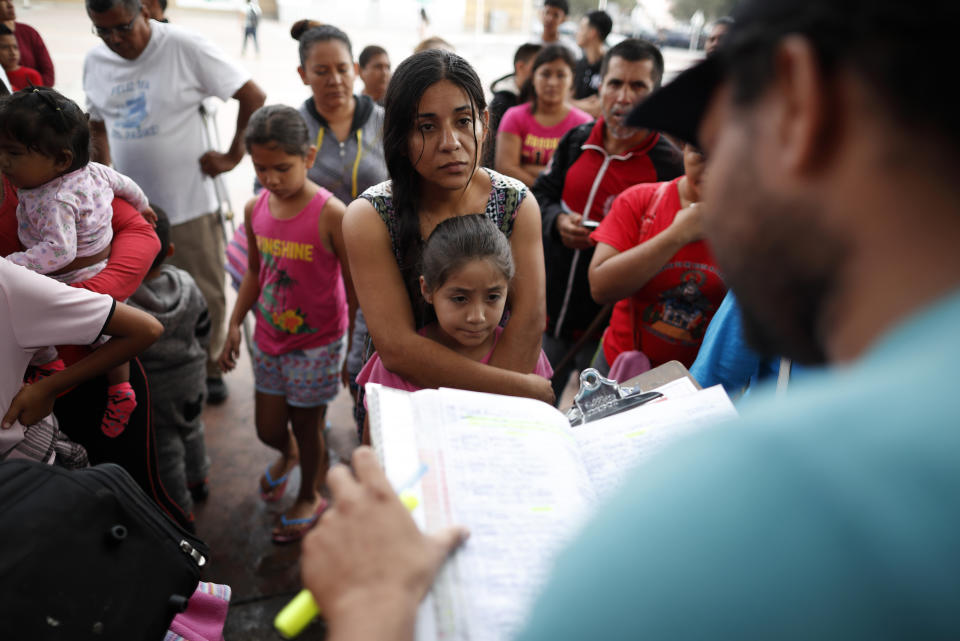
Who is eligible for asylum in the U.S.? What are the specific criteria one must meet in order to obtain asylum?
Asylum protections are available to people from anywhere in the world who meet the definition of a refugee promulgated by the U.N refugee agency, the Office of the United Nations High Commissioner for Refugees (UNHCR): “someone who has been forced to flee his or her country because of persecution, war or violence” and is either unable or unwilling to return home owing to “a well-founded fear of persecution for reasons of race, religion, nationality, political opinion or membership in a particular social group.”
In practical terms, refugee and asylum status are largely interchangeable. A key difference is that a refugee must apply from abroad, but federal law requires that a person be physically present in the U.S. to pursue a claim for asylum. Hence, the first step in seeking asylum in this country is getting here. But, as it clearly states on the U.S. Citizenship and Immigration Services (USCIS) website, “You may apply for asylum status regardless of how you arrived in the United States or your current immigration status.”
In other words, people who came to the country outside regular channels are specifically permitted by law to seek asylum.
Another key difference between asylum and refugee status is that U.S. law requires the president to impose a cap on the number of refugees who may be admitted to the country each year, while asylum grants are not subject to any sort of annual limit. Since entering the White House, however, President Trump and his administration have taken steps to drastically restrict access to both avenues of protection for vulnerable populations.
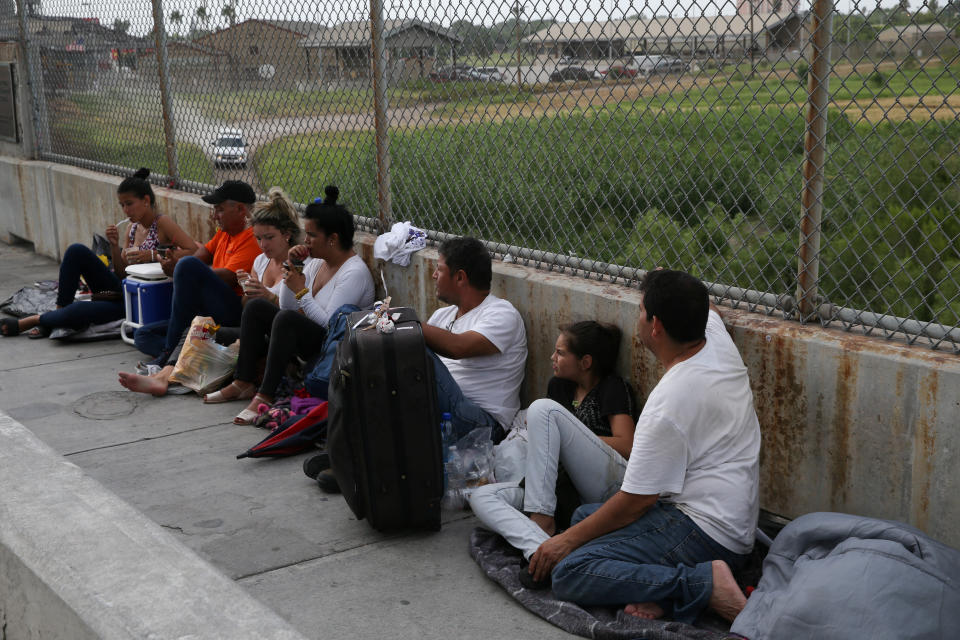
Who is the typical asylum seeker to the U.S.? How has that profile changed since asylum laws were passed?
Though the international agreements that form the basis of American asylum law did not emerge until after World War II, the concept of displaced people fleeing violence and persecution is as old as humankind.
But as political movements, global conflicts and societal norms have changed and evolved over time, so too have legal standards for receiving protection.
This evolution is reflected in the history of U.S. asylum laws, which were initially tailored to accommodate specific groups in need of refuge at the time. The 1948 Displaced Persons Act allowed hundreds of thousands of Europeans fleeing political or religious persecution after World War II to resettle in the U.S. During the 1950s, Congress acted to extend asylum protections to people beyond post-war Europe, though subsequent Cold War-era legislation largely reserved refugee status for people fleeing communist countries like the Soviet Union, North Korea, China or Cuba, or repressive Middle East regimes.
In 1980, Congress passed the U.S. Refugee Act, which is still in force. It was a comprehensive revision of federal immigration law that established a legal definition of refugee in accordance with the United Nations and set up a standardized but flexible process meant to address different humanitarian concerns and the ever-evolving demographics of the world’s refugees.
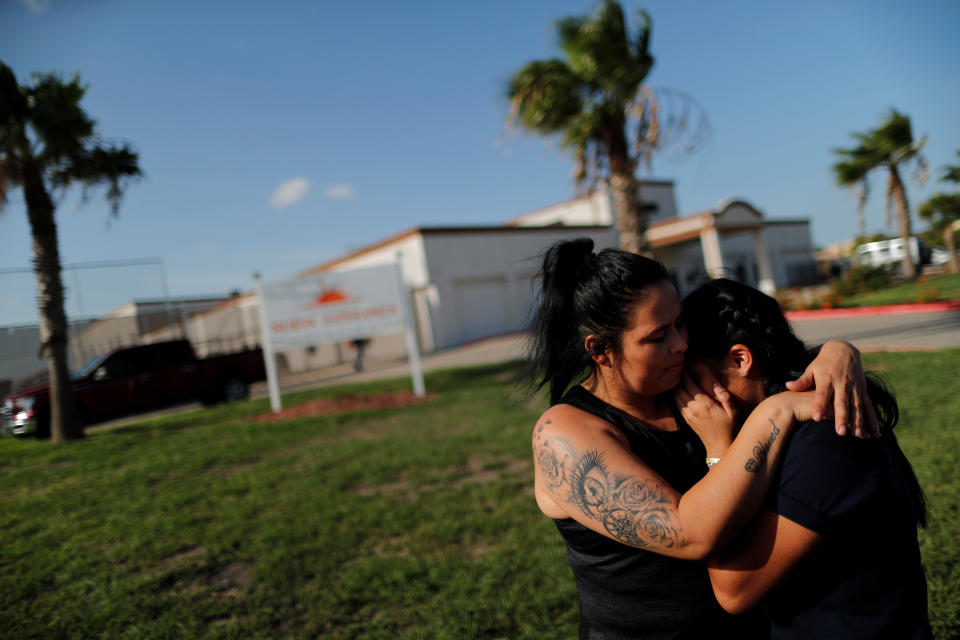
What does credible fear mean? How is it established?
There are two ways to seek asylum in the United States: affirmatively and defensively. The affirmative process requires first submitting an application to the U.S. Citizenship and Immigration Services within one year of arriving in the country, followed by fingerprinting and a background check and, finally, an in-person interview, generally lasting one to two hours, with an asylum officer who will determine whether the applicant meets the definition of a refugee and is eligible for asylum. Applicants may bring an attorney to the interview, as well as any witnesses to testify on their behalf. If an applicant is unable to speak English, it is up to him or her to bring an interpreter to the interview.
The defensive process involves requesting asylum as a defense against deportation in immigration court, a much more adversarial, trial-like procedure in which an immigration judge hears arguments from both the asylum seeker (who may obtain a lawyer but is not provided one) and an attorney from U.S. Immigration and Customs Enforcement (ICE), on behalf of the government.
Individuals who are deemed ineligible for asylum through the affirmative process are referred to an immigration judge by USCIS and given one more chance to make their case in a defensive hearing before they can be deported. Others either wind up in the defensive process because they were caught inside the U.S. in violation of their immigration status or were apprehended while trying to enter the country without proper documentation and placed into expedited removal proceedings.
That last scenario is where the concept of “credible fear” comes into play. In 1996, Congress established the expedited removal process to enable low-level immigration officers to quickly deport certain noncitizens without going through full immigration court proceedings. The process has primarily been used for people arriving at the border without proper documentation — including those who present themselves to border officials at a U.S. port of entry — and those caught within 100 miles of the Canadian or Mexican borders less than two weeks after entering the country illegally.
Recognizing that the population of people subject to expedited removal would likely include a certain number of potential asylum seekers, lawmakers were careful to carve out a mechanism in the 1996 law to ensure that the U.S. did not inadvertently send people back to face persecution, violence or possibly death without first giving them the opportunity to pursue an asylum claim.
Under that provision, border officials must ask undocumented immigrants encountered at or near the border whether they fear persecution if returned to their home country. If the answer is yes, the immigrant is referred to a USCIS asylum officer for a credible fear screening interview, a preliminary process that typically lasts less than an hour and is now often conducted over the phone. It is meant to determine just if a person has a “well-founded fear” of persecution because of race, religion, nationality, political opinion or membership in a particular social group — a standard of proof affirmed by the Supreme Court in 1987.
A great deal hinges on the definition of “a particular social group.”
“By statute, the credible fear process is meant to be a minimal threshold screening process, not meant to be a full-on asylum interview,” Victoria Neilson, a senior attorney with the Catholic Legal Immigration Network Inc. and a member of the American Immigration Lawyers Association (AILA) National Asylum Committee.
Those found to have a credible fear of persecution or harm in their home country are then placed in regular deportation proceedings and will eventually be able to pursue their asylum case before an immigration judge. (Under the previous administration, they were generally paroled out of detention until their case was called — which could take several years.) Those deemed not to have a credible fear will be ordered deported, but they are first given the chance to appeal the asylum officer’s decision before an immigration judge, who can halt an expedited removal by overturning an officer’s negative credible fear finding.
For all the complications and roadblocks it imposes, the expedited removal process hasn’t deterred people from seeking asylum in the U.S. From fiscal year 2009 to fiscal year 2016, the number of credible fear cases completed by the Customs and Immigration Service went from 5,523 to 92,071 — an all-time high. Applications declined to just under 80,000 in the next 12 months, but the rate appears to have picked up since then. In the nine months ending June 30, USCIS received 73,283 cases.
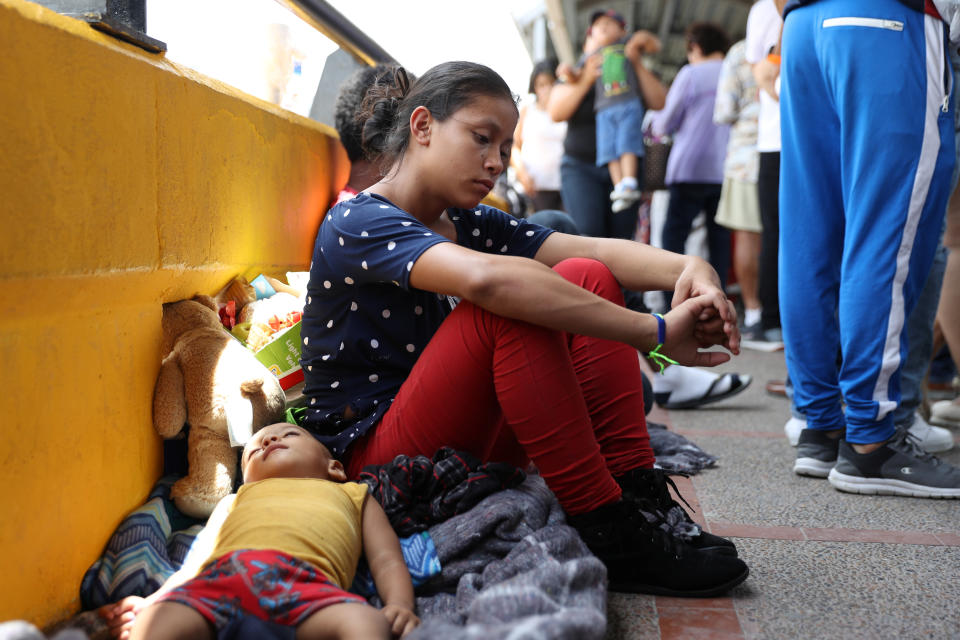
How has the credible fear process changed under the Trump administration?
In the name of preventing fraud, the Trump administration has taken several steps to restrict access to asylum. Following Trump’s January 2017 executive order on Border Security and Immigration Enforcement Improvements, John Lafferty, head of the USCIS Asylum Division, released updated lesson plans for asylum officers conducting credible-fear screenings. Among the revisions was the elimination of a section discussing ICE’s authority to grant discretionary parole to asylum seekers who passed the credible fear interview and were not considered a security threat or at risk of becoming fugitives. Hardliners, including Attorney General Sessions, have at least partially attributed the surge in credible fear claims to this Obama-era policy, which went into effect in January 2010. Previously, in order to be released from ICE custody pending a full immigration court hearing, asylum seekers were required to submit requests for parole in writing.
In January, USCIS director L. Francis Cissna announced that the agency would be switching to a “last in, first out” system of prioritizing most recent affirmative asylum applications in an effort to deter illegitimate applicants looking to exploit the backlog and long wait times as a means of obtaining work in the U.S. Simply submitting an asylum application is not an automatic license to work in the U.S., but applicants do become eligible for work authorization either once asylum has been granted or if more than 150 days have passed without receiving an initial response to their application.
So far, the most significant changes have come not from USCIS but by the Justice Department and specifically Sessions, who has wholeheartedly embraced the uniquely broad authority he wields over the immigration court system. In a foreshadowing speech at the Justice Department’s Executive Office for Immigration Review (EOIR) last October, Sessions outlined his vision for reshaping the asylum process to cut down on what he described as “rampant abuse and fraud” of the system, including his desire to “expand the use of expedited removal” and to “elevate the threshold standard of proof in credible fear interviews.”
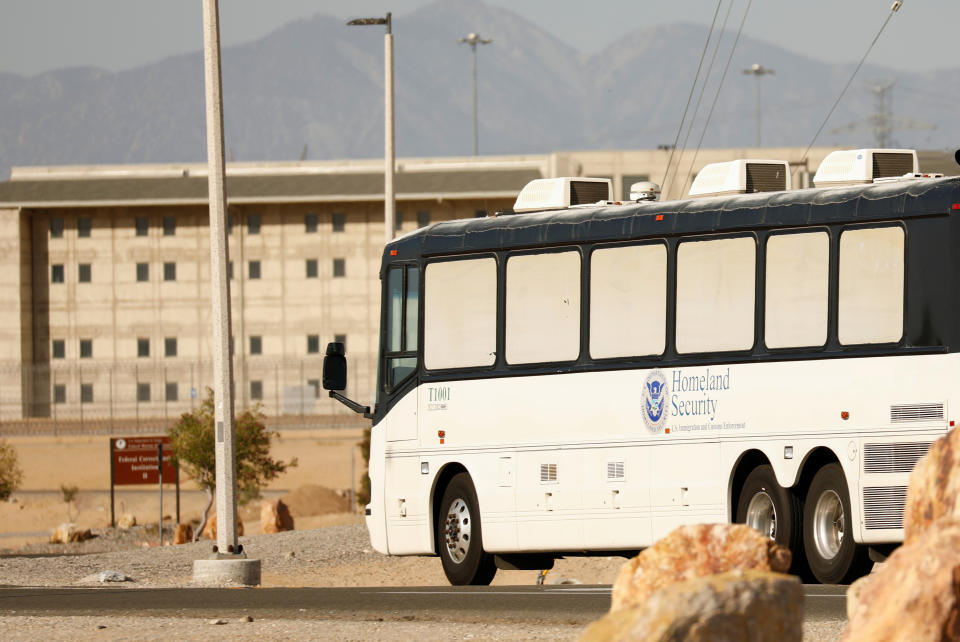
The red flags really started to fly for immigration attorneys, advocates and judges alike when Sessions took it upon himself to review, and potentially undo, a handful of precedent-setting rulings by the Board of Immigration Appeals (BIA) — an appointed body consisting largely of former immigration judges and Justice Department attorneys that has the last word on an immigrant’s status, save only the attorney general himself — that dealt with issues ranging from general court procedures and the limits of judges’ discretion to, crucially, the kinds of claims that qualify an applicant for asylum.
In early March, Sessions had vacated a 2014 BIA decision that all asylum seekers are entitled to a hearing before an immigration judge can reject their case.
But the policy change that directly affected Grace and the other plaintiffs came in a case known as the “Matter of A-B-.” A-B- was a woman from El Salvador who was fleeing years of physical and emotional abuse by her ex-husband. Taking into account the woman’s own testimony and evidence, the State Department’s Human Rights Report on El Salvador describing violence against women as a “widespread and serious problem” and the government’s efforts to combat it as “minimally effective,” the board ruled in 2016 that the woman had been subjected to violence as a result of her membership to a distinct social group, defined as: “El Salvadoran women who are unable to leave their domestic relationships where they have children in common.”
In taking up this case, Sessions made clear that his interest extended well beyond this one particular woman’s fate; he’d chosen to review the BIA decision to address the broader question of “whether being a victim of private criminal activity constitutes a cognizable ‘particular social group’ for purposes of an application for asylum.”
A little more than three months later, he gave his answer.
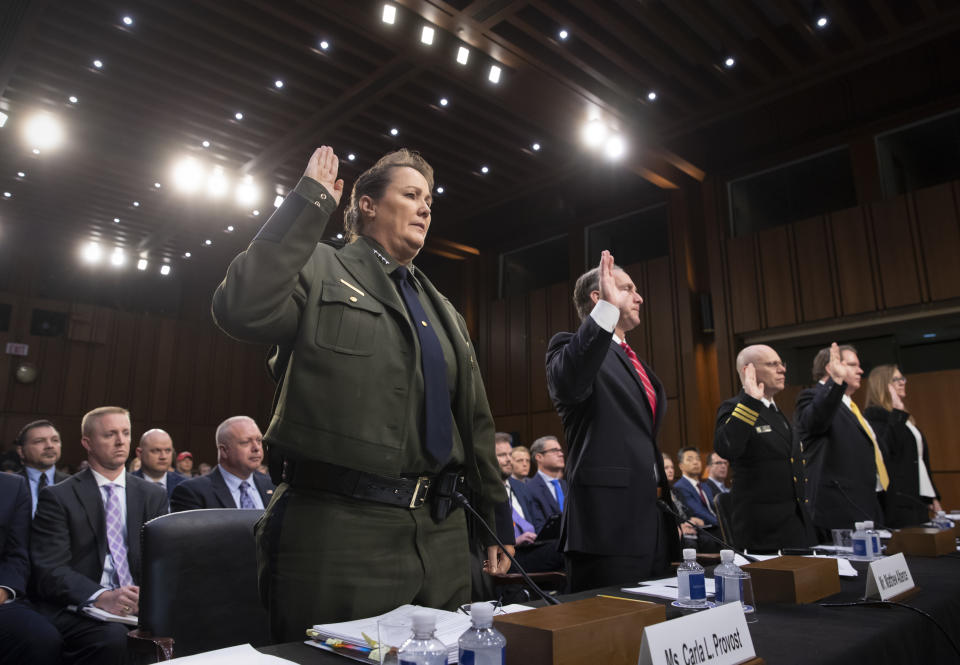
Right as public outrage was beginning to boil over the administration’s separation of migrant families at the southwest border — the expected result of Sessions’s “zero tolerance” policy to criminally prosecute all undocumented border crossers, including asylum seekers — the attorney general announced his decision to reverse the BIA ruling in the Matter of A-B-. In a written opinion that experts predicted would have a devastating impact on the thousands of families fleeing pervasive violence in Central America, he declared that, “generally, claims by aliens pertaining to domestic violence or gang violence perpetrated by nongovernmental actors will not qualify for asylum.”
Immigration-rights advocates denounced the attorney general’s decision as both cruel, and, as Neilson put it, “disingenuous about what the situation is in Central America.”
“Most of the people I’ve spoken with from Central America are really fearing for their lives, and there is no functioning government that they can turn to for protection,” she said.
“If you look at our State Department travel warnings for each of the northern triangle countries, they will tell you that the law enforcement institutions of those countries are broken and unable to protect even their own nationals,” said former USCIS director Leon Rodriguez.
Rodriguez, who served as the head of USCIS under President Barack Obama from 2014 to 2017, said there’s “no question” that there are people who “attempt to game the system.” But as for whether asylum fraud is really the epidemic that Sessions and others suggest, Rodriguez said, “I’m pretty confident the answer is no. These folks are all pretty damn desperate.”
By the time Sessions issued his highly anticipated decision in the Matter of A-B-, findings of credible fear by immigration judges had already begun to fall. According to an analysis of court records obtained by the Transactional Records Access Clearinghouse, or TRAC, at Syracuse University from January to June of this year, the rate of positive credible fear findings by immigration judges had sunk to just 14.7 percent — half the level that had remained steady over the last six months of 2017.
A spokesperson for the Justice Department told Yahoo News “We don’t comment on TRAC data since they don’t publish their methodology or analysis,” but added that “DOJ cannot instruct immigration judges to rule any certain way.”
Judge Dana Leigh Marks, a San Francisco-based immigration judge and president emeritus of the National Association of Immigration Judges, said that “many [judges] feel the proposed case quotas are contributing to a higher denial rate of both credible fear and other applications before the immigration court.”
In addition to the quotas and other pressures, Marks also cited Sessions’s reversal of the A-B- decision as having an impact on judge’s credible fear rulings, even though data only goes through June. She pointed out that the influence of the decision on the credible fear process is dependent on an asylum seeker’s nationality and the nature of his or her claims, and predicted that as long as people fleeing violence in Central America continue to flock to the U.S.-Mexico border in large numbers, credible fear grants will continue to go down.
Marks said the drop in credible fear findings was a predictable outcome of Sessions’s decision, which will primarily affect Central American migrants crossing the southern border. “Someone coming from a country like India or Nepal where their cases are generally much more political-opinion based, those nationality groups are going to have much more straightforward asylum claims,” she said. “If we have a surge of Central American groups, as we have, it makes sense that the proportion of denials is going to rise.”
The administration has also taken steps to tighten the rules at the first stage of the process, before cases ever get to a judge. On July 11, USCIS issued new guidance to asylum officers for processing reasonable fear and asylum claims in light of the attorney general’s decision on A-B-. How that change will play out is uncertain. The latest data from USCIS indicates that, at least before the new guidance was issued on July 11, credible fear claims received by asylum officers had not encountered the same fate as those considered in court. In fact, the most recent numbers released by the agency, which also go through June, show no significant changes in the rate of credible fear findings so far this fiscal year, even as credible fear claims are on the rise.
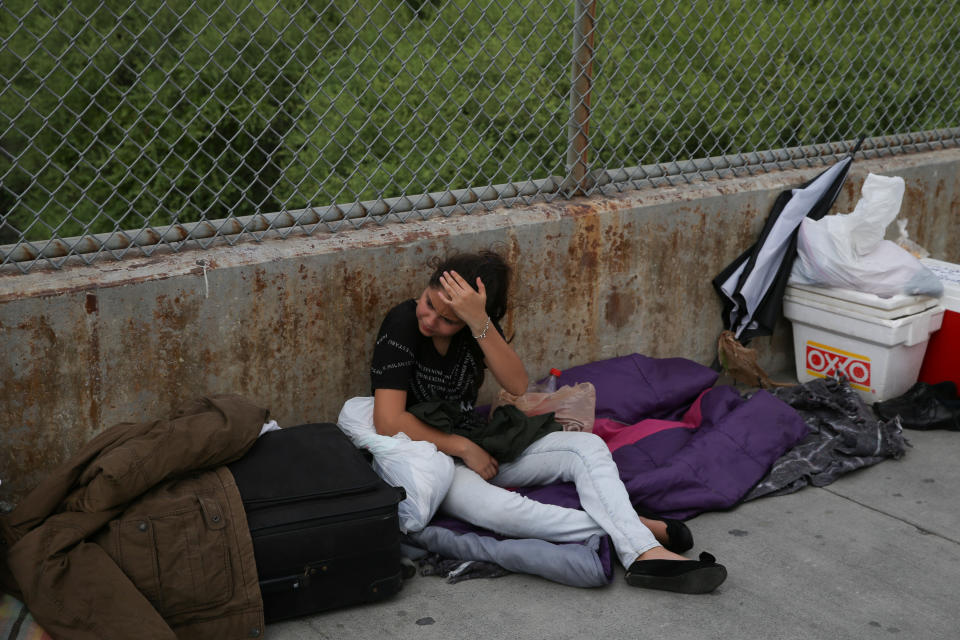
Though the statistics don’t yet reflect the new policy changes, anecdotal reports, including those referenced in the ACLU’s lawsuit, suggest that the impact of the new guidance is already being felt on the border.
“I think the thing to understand about these policies is they’re part of a broader pattern, and part of a strategy to really gut our asylum laws and foreclose relief to some of the most vulnerable people in the world,” said the ACLU’s Wofsy. “It’s not fair and also exactly not what the system was set up to do.”
_____
Read more from Yahoo News:

 Yahoo Movies
Yahoo Movies 


